Lordosis is a very common spine problem, which most frequently occurs due to the bad posture. The spine of the people who have lordosis is actually curved inward more than it is normal. This problem occurs mostly in people who are overweight, who have to spend a lot of time sitting due to the nature of their job, in pregnant women, but it can also be present at birth, or develop as a consequence of a back surgery or some hip or neuromuscular problem.
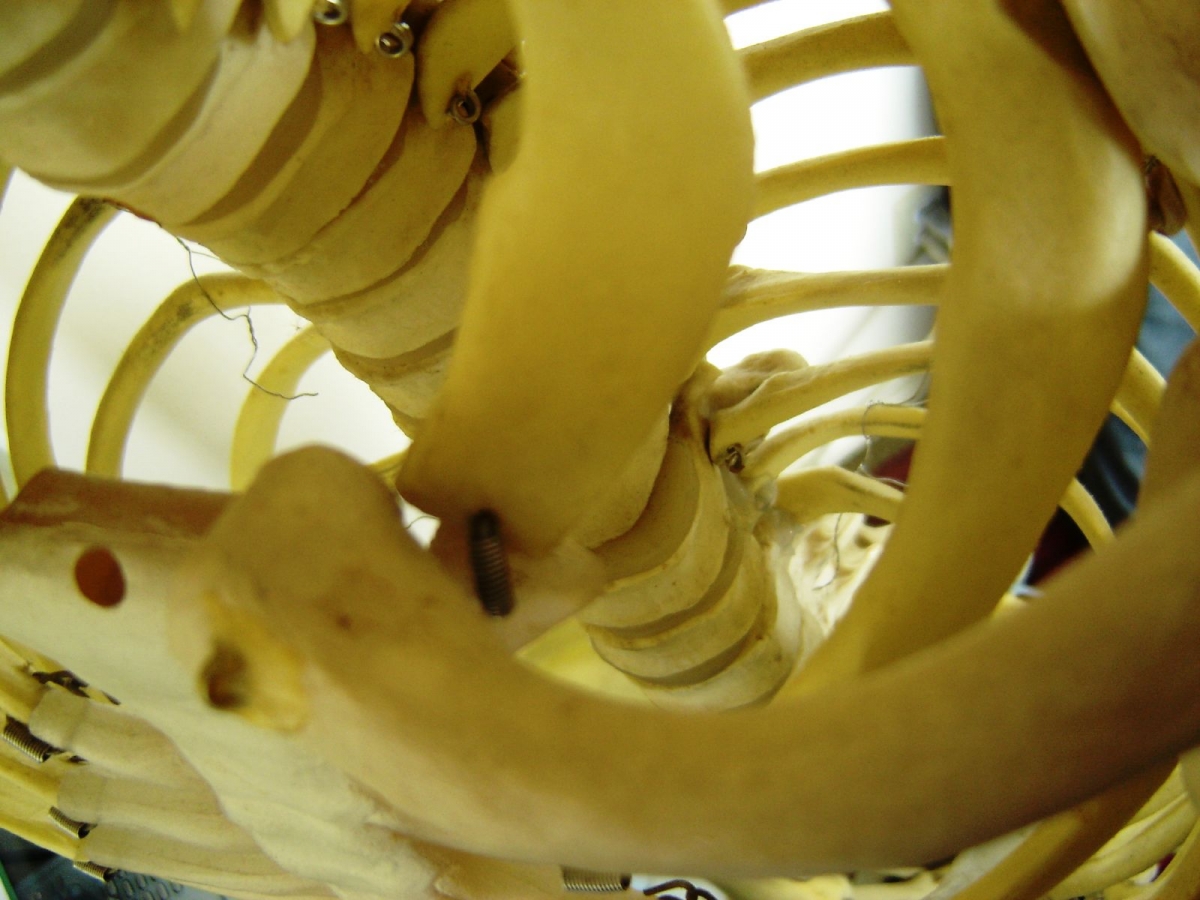
Generally, the main symptoms are the obvious curve of the spine and the prominence of the buttocks, while other symptoms depend on each case individually, and may vary depending on whether or not some other defects occur along with lordosis. Many cases do not show any symptoms or problems related to this condition. In order to set the diagnosis, the doctor may require X-rays, bone scans, MRI scan or even CT scan, and the sooner it is diagnosed, the better and more successful the treatment.
What are the best exercises for lordosis?
The exercises that are helpful in cases of lordosis are those that improve the posture. Some of them are:
Pelvic tilt requires lying on the back, with knees bent and feet on the floor. The lower part of the pelvis needs to be tilted from the floor and during this, it is necessary to exhale. Recommended number of repetitions with this exercise is 20. Lower back stretch consists of lying on the back with the feet on the floor. The knees are slowly pulled into the chest and brought as close as possible to the chest. It is recommended to hold this position for half a minute or even a whole minute, and to breathe deeply. Abdominal crunches are another helpful exercise, since strengthening the abdominal muscles helps in reducing the curve. It is necessary to lie down and place the feet on the floor first, and then the person should tilt the pelvis back as pushing the lower back into the floor. It is recommended to repeat this exercise slowly 10 times, but it is allowed to increase the number gradually. Supine hip extension is focused on the butt muscles and their contraction, as well as contraction of the lower abdominal muscles. While lying on the back, the feet are on the floor and they need to be positioned 12 inches away from the buttocks. Gluteal muscles are first squeezed and buttocks are lifted, as well as lower and middle back. This position should be held for 10 or 20 seconds the most and it should be repeated 5 times.


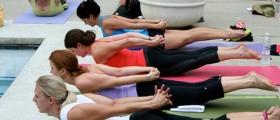
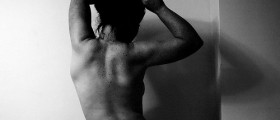
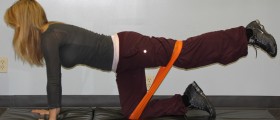
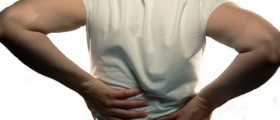


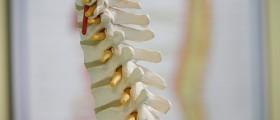
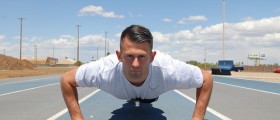

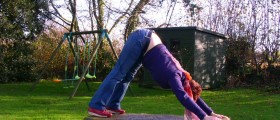
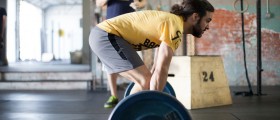

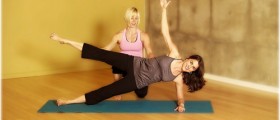
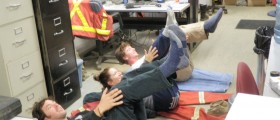
Your thoughts on this
Loading...